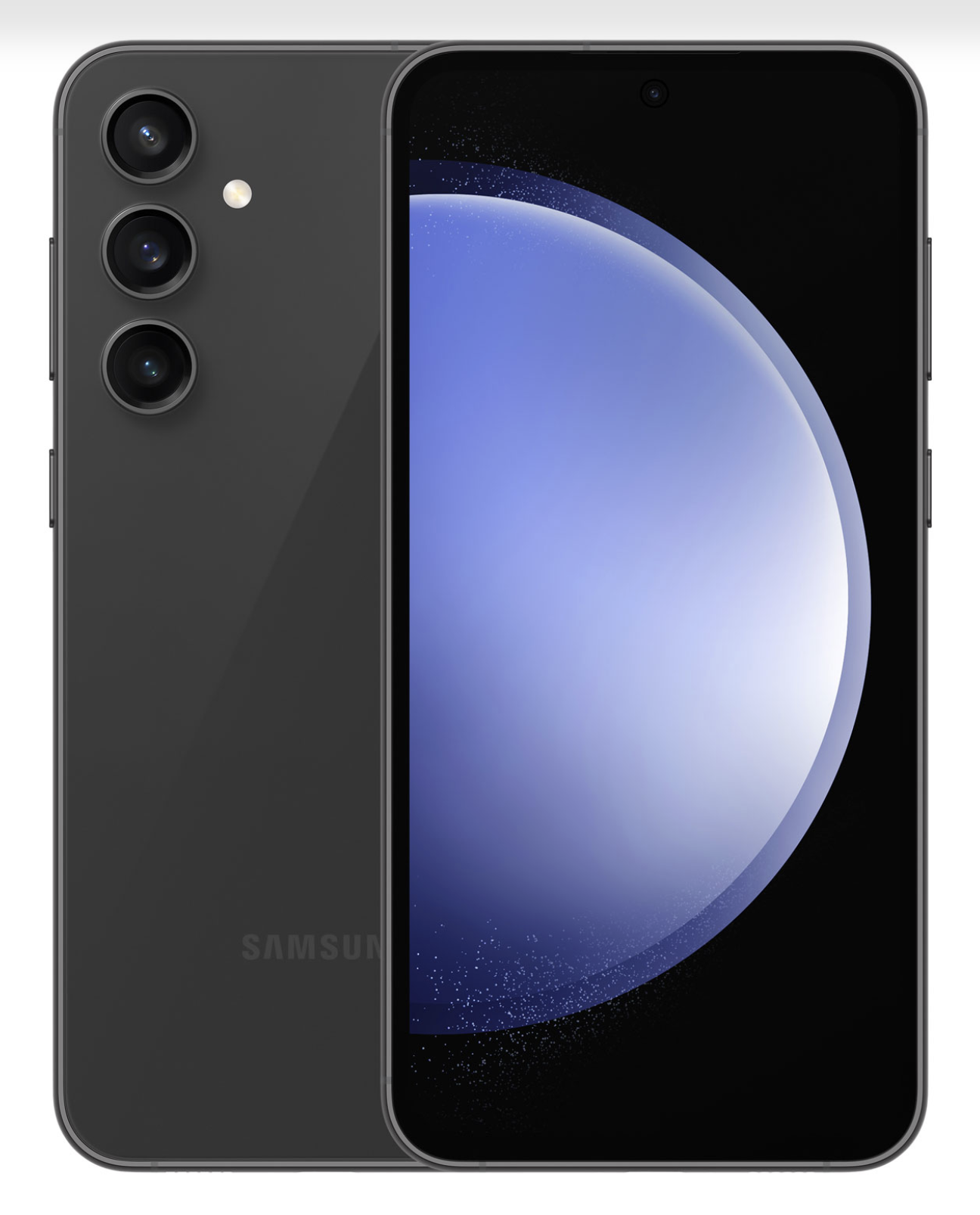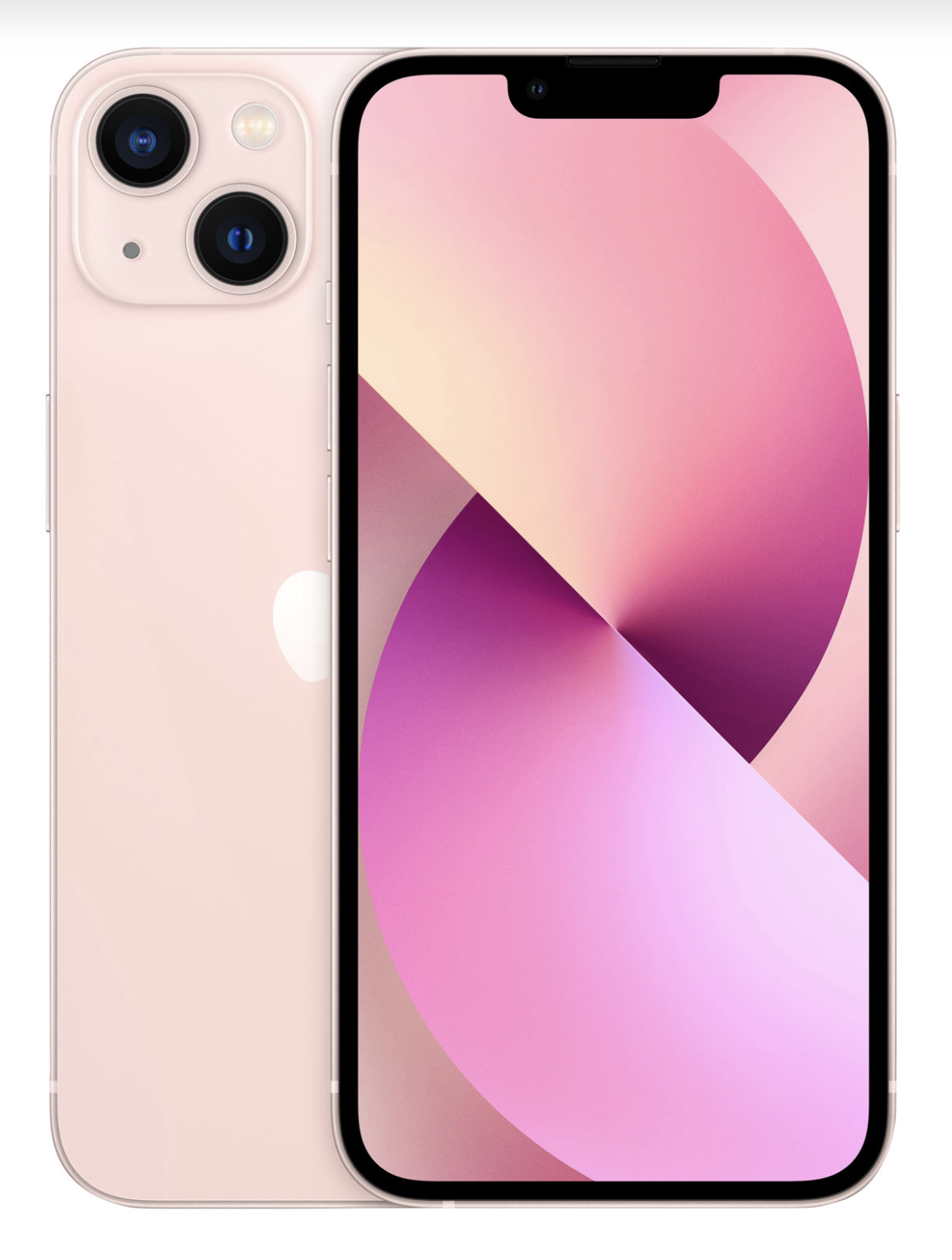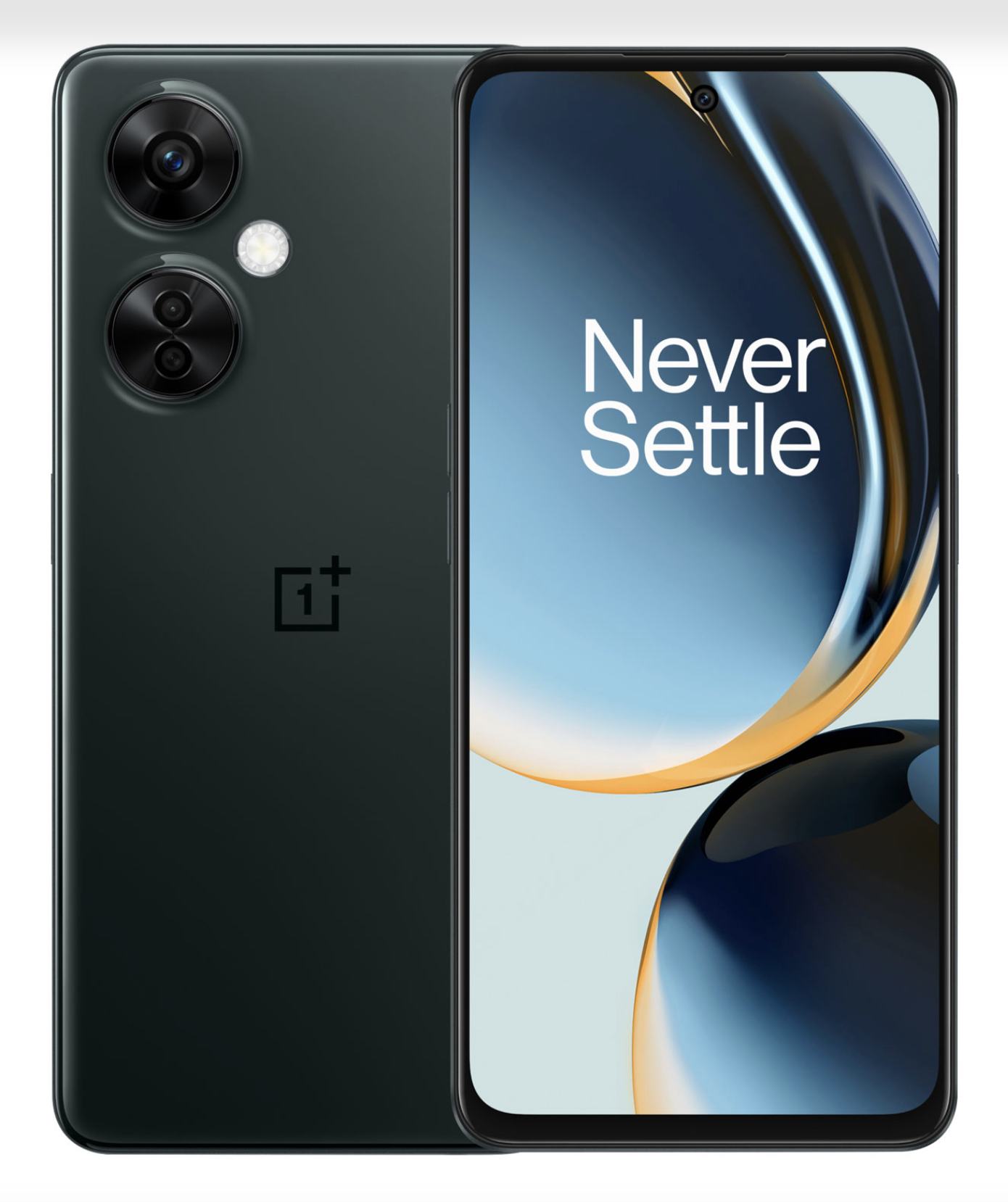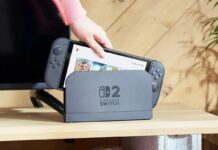
Not every smartphone has to break the bank, and there are affordable mid-range handsets capable of offering plenty of features and performance. Before you settle on the smartphone you think is best, there’s plenty to consider, given that it’s an important purchase. Beyond the obvious Android or iOS comparisons, or looking at screen size and battery life, there are some key takeaways to think about.
The phones listed here are of the mid-range and affordable variety. Choosing between them may not be easy, but there’s not really a bad choice in the mix.
Here are some of the best affordable smartphones available:
Apple iPhone 13
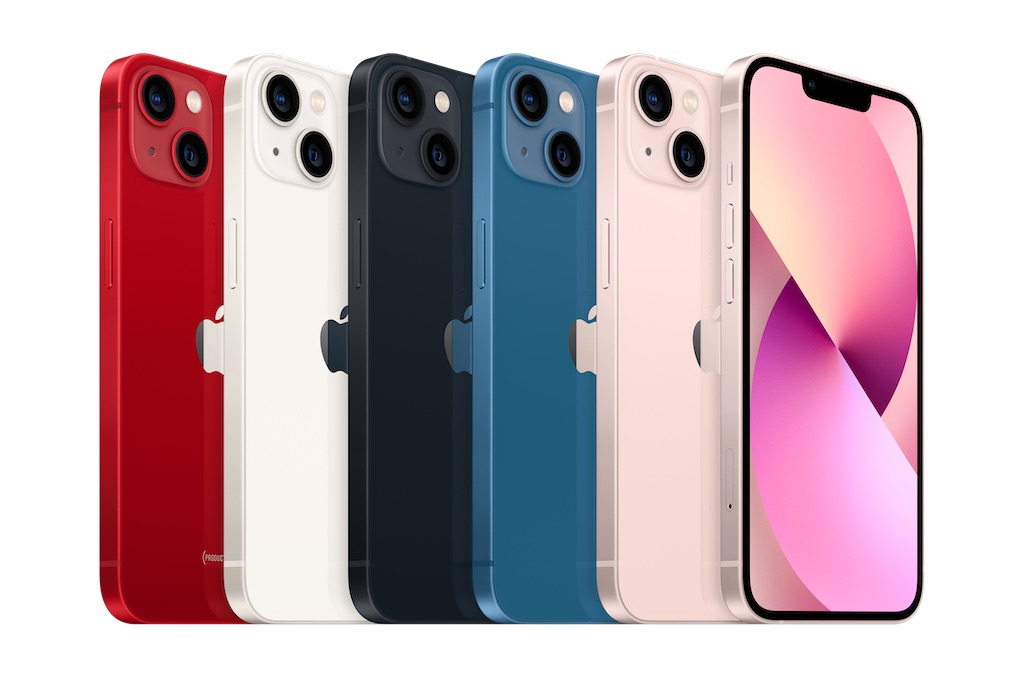
The iPhone 13 may seem “old” given Apple moved on from it with the iPhone 15 series, but it’s still a very viable option at more of a budget price. It’s compelling because it hits a sweet spot in screen size with a 6.1-inch XDR display and plenty of accessories are still available that work with it.
Like other phones in the 13 lineup, some of the upgrades focused on the camera, but it is a worthy upgrade or replacement if you’re coming from an aging iPhone that is no longer working well enough. Apple’s A15 Bionic chip won’t match the newest A17 chip, though it remains a robust piece of silicon capable of running the latest version of iOS, including subsequent updates for the foreseeable future.
Storage options range between 128GB and 256GB, and so do colours, though you will easily find a case in a wider variety of colours and designs to personalize the device even further. The wide and ultra-wide cameras are capable of taking excellent photos and the camera app receives some updates to improve performance. If you use a lot of apps or take a ton of photos and video, you may be better off getting more storage or opting for cloud backup.
As much as this is about the iPhone 13, you might be able to find a good deal for the iPhone 14 or iPhone 14 Plus, the latter of which offers a larger 6.7-inch display and better battery life. It will cost you more though, so make sure to compare to see which is the best fit.
Samsung Galaxy S23 FE
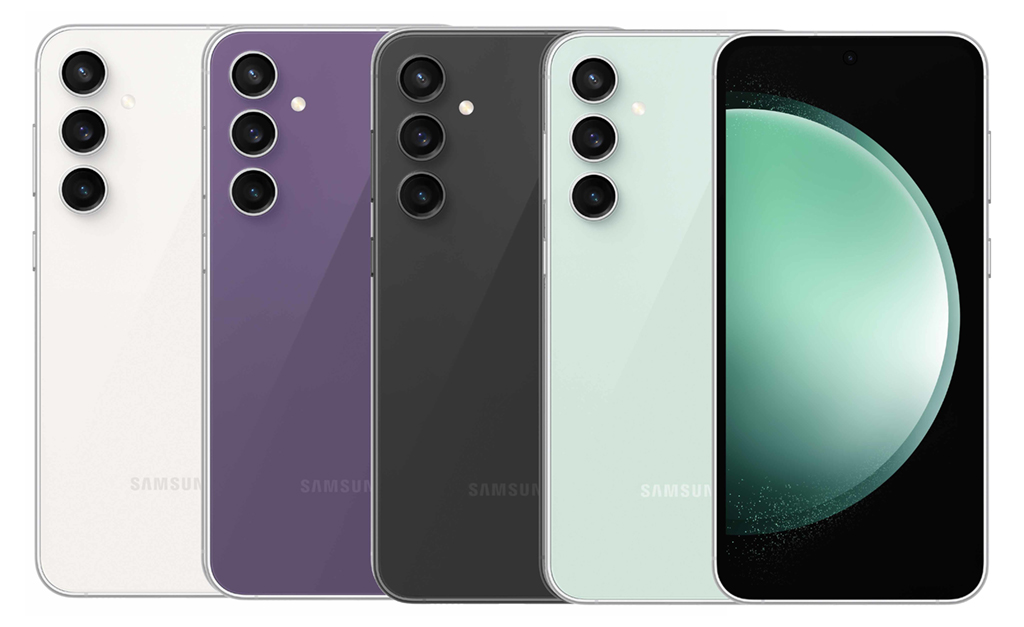
The FE stands for “Fan Edition”, meaning Samsung made the Galaxy S23 FE for those who want a mix of Samsung features and components. This phone combines various elements, like a 6.4-inch Dynamic AMOLED 2x that sits between the Galaxy S23 and Galaxy S23+, plus cameras that borrow the hardware and software from those phones as well.
Even when you look at the overall design and placement, you can see the similarities. The camera array lines up the same way, only with a different telephoto lens, while the rounded corners and metal edges stay very much in line as well. You have to make a few concessions, like the Snapdragon 8 Gen 1 processor (versus Gen 2 on the other S23 phones), a slightly smaller battery and slower peak charging speed. The screen’s peak brightness won’t be as bright, either, but apart from that, the rest is pretty much intact.
Storage options range between 128GB and 256GB, with 8GB of RAM. You can expect the camera to produce similar images, including almost the entire software package, modes, and features Samsung offers on the S23 and S23+ as well. What you won’t get are the special features available in the S23 Ultra.
Google Pixel 7a
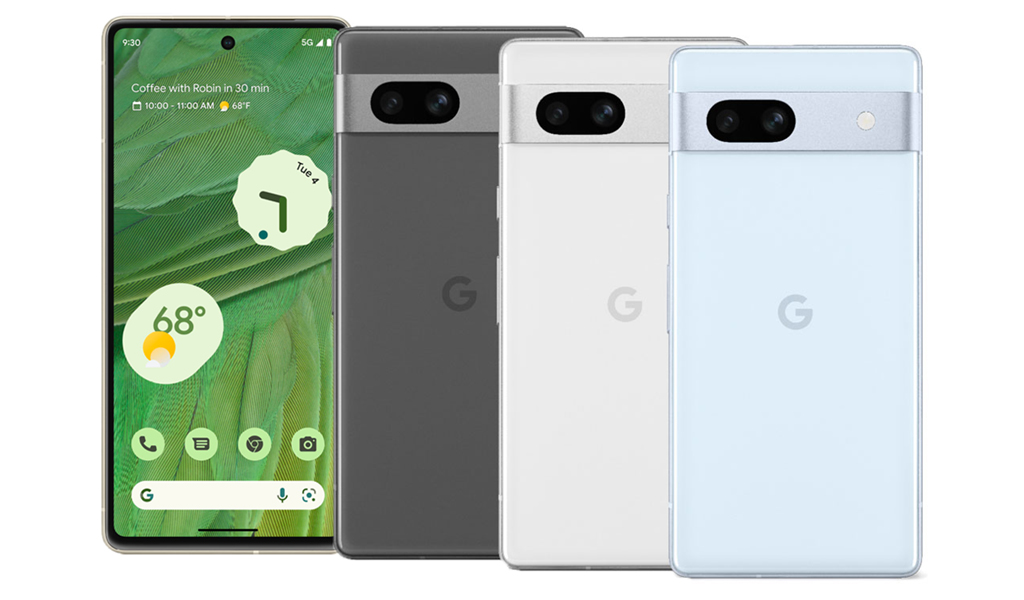
Google treats its more affordable phones with the same focus it applies to its flagships. The Pixel 7a is no exception, sporting much of what the Pixel 7 and Pixel 7 Pro came with, as well as the potentiality of some of the software features seen in the Pixel 8 lineup. Without question, this is one of the best phone cameras you can use for the price expect because many of the same modes and software computation apply in delivering great results. That includes great features like Magic Eraser to remove people or objects from images, or Photo Unblur to help add some sharpness to images after the fact.
The Pixel 7a runs on the Google Tensor G2 chipset—the same as the other two Pixel 7 phones do—so performance shouldn’t be an issue here. Doesn’t hurt that you get a large 6.1-inch display to look at, including the Material You visual layout you can customize to make the interface cater more to your liking.
Tensor also enables neat and useful features, like Call Screen to look out for spam calls, and Hold for Me for Google Assistant to stay on hold for you during a call. Voice Typing continues to get better for messaging, while the Recorder app does a stellar job when you need to record an interview or lecture by also giving you a text transcript.
You could also consider the Pixel 8 if you want a similar size, but also something more advanced with the Tensor G3 chipset. Google is guaranteeing seven years of system and security updates to keep it operational for a longer period.
Samsung Galaxy A54
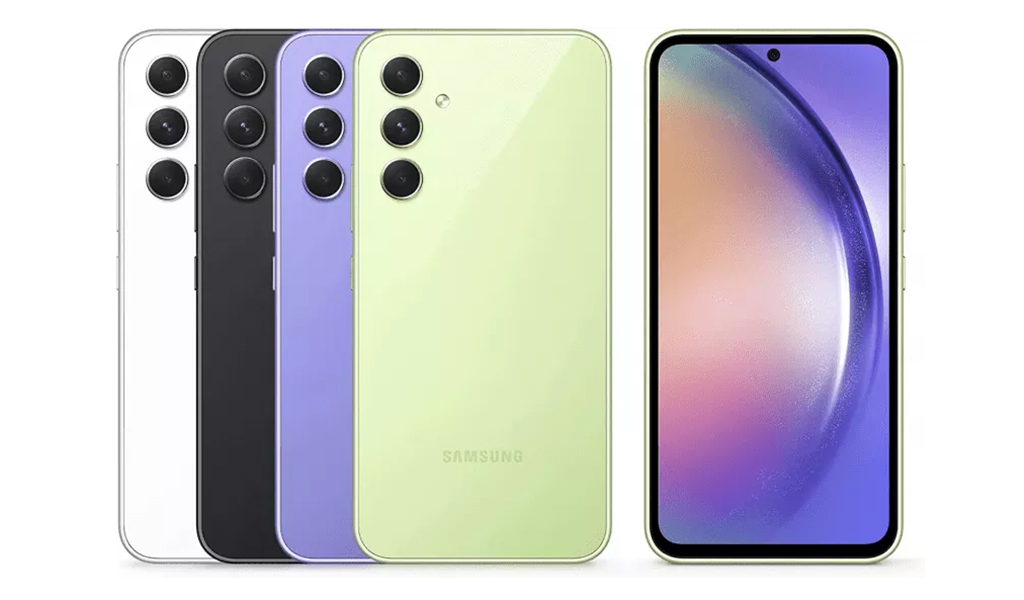
Samsung has something even more affordable than the Galaxy S23 FE, and that’s the Galaxy A54, a mid-range device that stands out on its own by bringing solid value when your needs are more modest. It gets regular updates, and has a very respectable set of specs and performance metrics. It has a 6.4-inch Super AMOLED screen, so real estate shouldn’t be an issue.
That also goes for the cameras, starting with the main lens, a 50-megapixel sensor capable of taking quality shots, while the 12-megapixel ultra-wide lens offers a 123-degree field of view. The 5-megapixel macro for close-up shots is going to be more limited in how good the results will turn out, but at least you have a good complement of cameras to work with, especially if you include the 32-megapixel front camera for selfies as well.
It also has a larger 5000mAh battery that should keep it running for a day without any trouble. Storage options range between 128GB and 256GB, but on top of that, the Galaxy A54 is one of those rare phones with a microSD card slot to expand it further.
OnePlus Nord N30
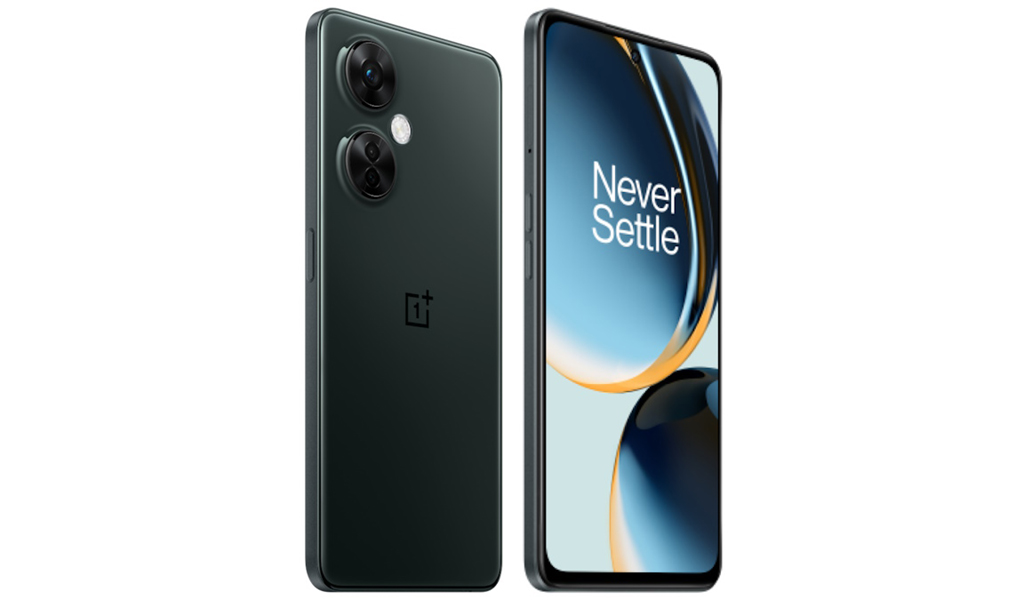
The one spec that stands out off the bat with the OnePlus Nord N30 is the 108-megapixel camera. That’s a lot of pixels, but measure your expectations in image quality because this isn’t a flagship phone. You’ll get great shots, just not the best ones. The utility of this phone extends beyond the cameras though, particularly when it comes to the sheer value you get for the price. This is a solid device that functions well, offers excellent performance and feels premium.
The Nord N30 excels most in being a little bit of everything to everyone. It has a 6.7-inch display that’s responsive and bright enough to use in most places, plus decent components under the hood to ensure smoother performance. Storage is limited to just 128GB, which you can expand via the memory card slot, plus 8GB of RAM. Rare these days, the phone also has a headphone jack in case you still want to listen to music the old fashioned way.
Battery life should hold steady throughout it all considering the phone’s specs won’t tax it as much, so if you want all-day performance, you’ll get it here. You can even get away with playing games on it without issue.
Take your pick
No matter which of these smartphones you have in mind, they made this list because they have mix of features and performance to qualify. You can also get any one of them either unlocked or as part of a plan through one of the major carriers.
For a broader sense of what you can get your hands on, check out the best smartphones available at Best Buy.


